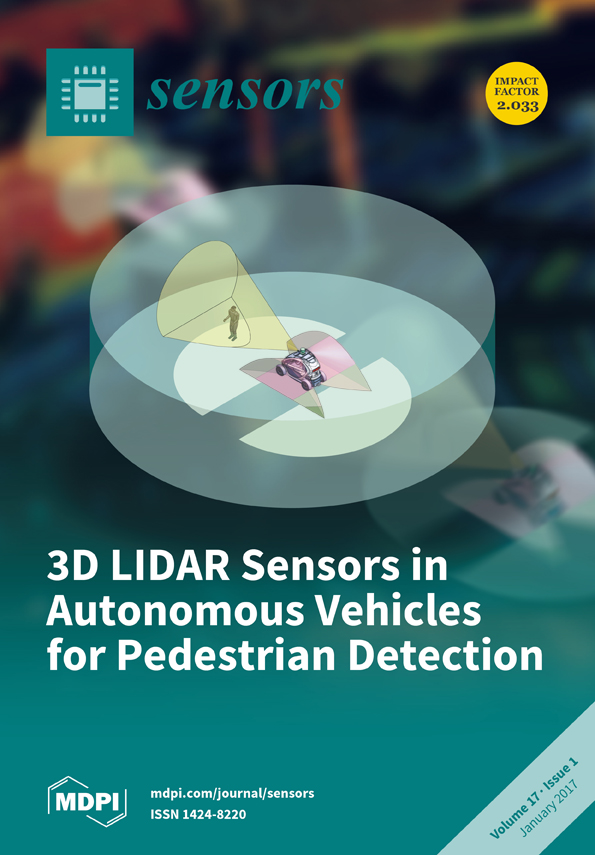Open AccessArticle
Odor-Sensing System to Support Social Participation of People Suffering from Incontinence
by
Alvaro Ortiz Pérez 1, Vera Kallfaß-de Frenes 2, Alexander Filbert 3, Janosch Kneer 1, Benedikt Bierer 1, Pirmin Held 4, Philipp Klein 4, Jürgen Wöllenstein 1,5, Dirk Benyoucef 4, Sigrid Kallfaß 2, Ulrich Mescheder 3 and Stefan Palzer 1,*
1
Laboratory for Gas Sensors, Department of Microsystems Engineering, University of Freiburg, Freiburg 79110, Germany
2
Steinbeis Transfer Center, Social Planning, Qualification and Innovation, Meersburg 88709, Germany
3
Institute for Microsystems Technology, Mechanical and Medical Engineering, Furtwangen University, Furtwangen 78120, Germany
4
Signal Processing Research Group (ReSP), Mechanical and Medical Engineering, Furtwangen University, Furtwangen 78120, Germany
5
Fraunhofer Institute for Physical Measurement Techniques (IPM), Freiburg 79110, Germany
Cited by 12 | Viewed by 8580
Abstract
This manuscript describes the design considerations, implementation, and laboratory validation of an odor sensing module whose purpose is to support people that suffer from incontinence. Because of the requirements expressed by the affected end-users the odor sensing unit is realized as a portable
[...] Read more.
This manuscript describes the design considerations, implementation, and laboratory validation of an odor sensing module whose purpose is to support people that suffer from incontinence. Because of the requirements expressed by the affected end-users the odor sensing unit is realized as a portable accessory that may be connected to any pre-existing smart device. We have opted for a low-cost, low-power consuming metal oxide based gas detection approach to highlight the viability of developing an inexpensive yet helpful odor recognition technology. The system consists of a hotplate employing, inkjet-printed p-type semiconducting layers of copper(II) oxide, and chromium titanium oxide. Both functional layers are characterized with respect to their gas-sensitive behavior towards humidity, ammonia, methylmercaptan, and dimethylsulfide and we demonstrate detection limits in the parts-per-billion range for the two latter gases. Employing a temperature variation scheme that reads out the layer’s resistivity in a steady-state, we use each sensor chip as a virtual array. With this setup, we demonstrate the feasibility of detecting odors associated with incontinence.
Full article
►▼
Show Figures






